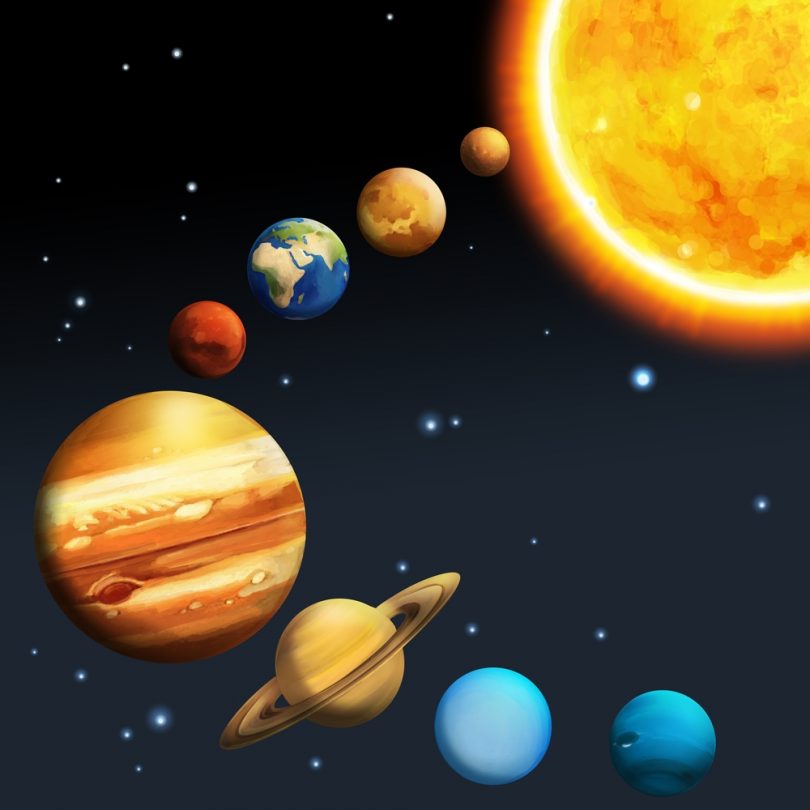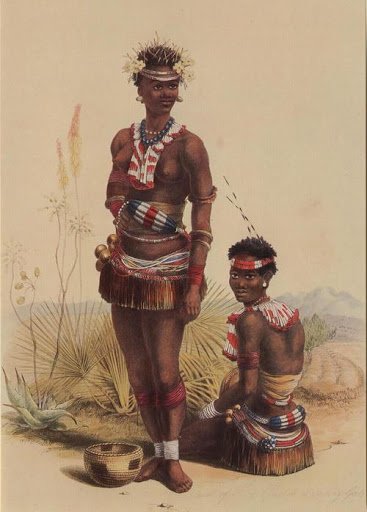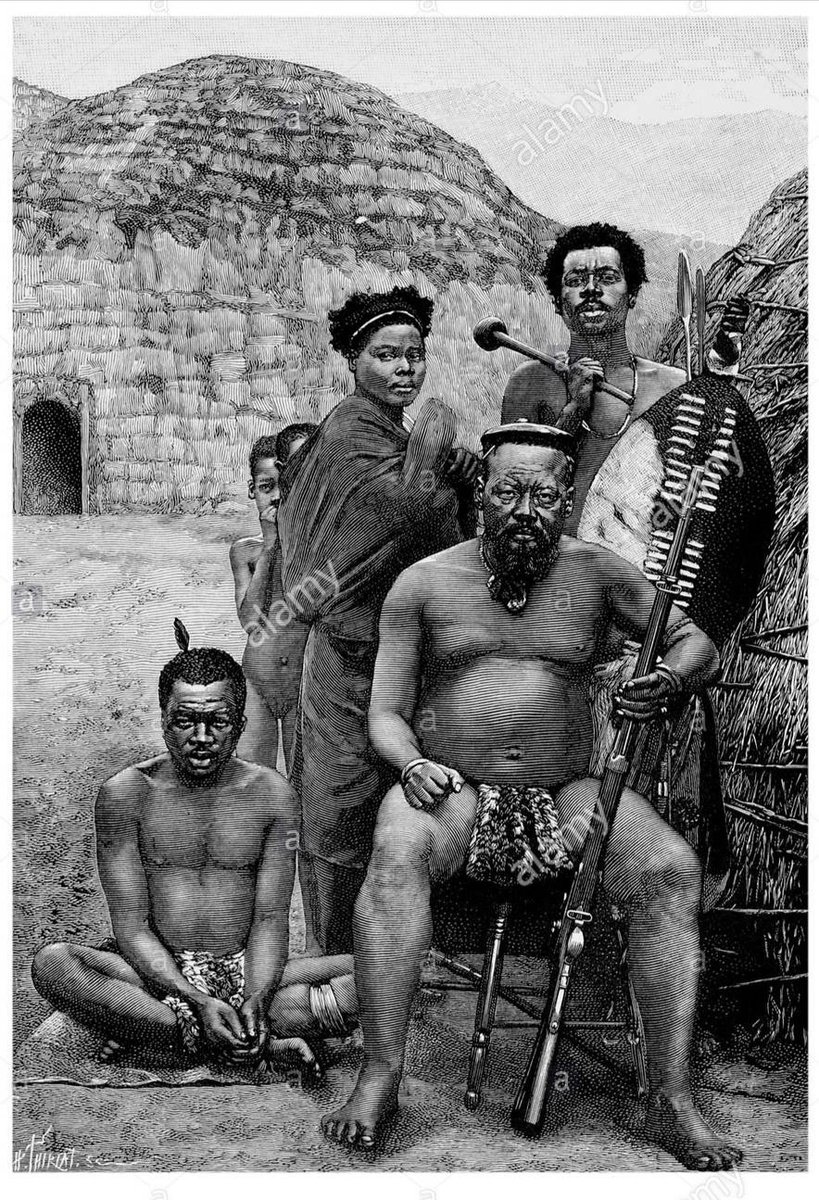
1. NDEBELE 🇿🇼 CULTURAL ASTRONOMY & COSMOLOGY
Ancient Ndebele people used celestial knowledge to chart seasons & to regulate agricultural cycles & ritual calendars. Celestial bodies determined healing rituals, divination, social & political decisions.
Ancient Ndebele people used celestial knowledge to chart seasons & to regulate agricultural cycles & ritual calendars. Celestial bodies determined healing rituals, divination, social & political decisions.

2. The moon:inyanga was the most significant celestial being that affected several aspects of the Ndebele community. One moon cycle made up a month (inyanga) & thirteen moon cycles made up a year (umnyaka). 

3. The emergence of a new moon called Kholiwe, symbolised renewal, restoration and revival of people's lives. Ndebele people would direct a prayer the new moon by chanting 'Kholiwe hamba lomkhuhlane!' Asking the new moon to take away all diseases. 

4. In Ndebele a traditional healer is referred to as inyanga because they operate and are guided by the cycle of the moon. Gathering herbs, healing people etc is determined by the state & cycle of the moon. 

5. The moon cycles were also believed to depict the menstrual cycle of women, life cycle of a human being from birth to death. It was believed that life was eternal and like the moon people die and are revived in another state after a season. 

6. Hence terms like inyanga (the moon) iyagcwala, iyathwasa, iba lucezu, iyaphela, iyafa etc All these symbolise the cyclical nature and infinity of life, time and space. 

7. Izanuse (seers) & izangoma had broader knowledge on the sun, stars, planets etc and the impact of these celestial bodies on the destinies of people and nations. 

8. These are some important names, for celestial bodies :
Space - umkhathikazi
Galaxy - umthalakazi
Milky way - umzilafasimbe
Constellation - umthala
Star - inkanyezi
Meteor - iqhumanyezi
Asteroid - umhlabana
Comet - inkanyasila
Sun - ilanga
Planet - umhlaba
Space - umkhathikazi
Galaxy - umthalakazi
Milky way - umzilafasimbe
Constellation - umthala
Star - inkanyezi
Meteor - iqhumanyezi
Asteroid - umhlabana
Comet - inkanyasila
Sun - ilanga
Planet - umhlaba

9. Names of planets :
Mercury - uNomjubane
Venus - uNokhwezi
Earth - uNomkhubulwane
Mars - uNotshezi
Jupiter - uMkhulukhulwana
Saturn - uNomaxhama
Uranus - uNomakhekheba
Neptune - uNomkhathi
Pluto - uNomcucwana
Mercury - uNomjubane
Venus - uNokhwezi
Earth - uNomkhubulwane
Mars - uNotshezi
Jupiter - uMkhulukhulwana
Saturn - uNomaxhama
Uranus - uNomakhekheba
Neptune - uNomkhathi
Pluto - uNomcucwana

10. Because space is known as umkhathikazi it is in relation to the concept of space that time is known as isikhathi in Ndebele. Time and space are inter linked according to Ndebele cosmology. 

11. It is believed that the creator uMvelinqangi, the lord of the skies, iNkosi yeZulu and other divine beings and creatures reside in the vast expanse of space and galaxies. 

• • •
Missing some Tweet in this thread? You can try to
force a refresh














